Belgrade Kalemegdan- Nebojša Tower joins the centuries
he Nebojša Tower is part of the Belgrade Fortress. It was built in the Middle Ages in 1460 with the purpose of a cannon tower. It was the strongest defense during the conquest of Belgrade by the Turkish Ottoman army. After the Turkish army set fire, it managed to conquer Belgrade in 1521. The Kalemegdan Fortress is the trademark of the city of Belgrade, Serbia. The military fort is located on the foundations of Roman remains.
Kalemegdan became a park in 1867 by decree of Prince Mihajlo Obrenović. This demilitarization took place after the Turks handed over the keys to the city of Belgrade-Ferman.
For Belgrade visitors with a short visiting time, The Tower Nebojša Museum is a quick introduction to the history of Serbia and Belgrade.
This is also the only original medieval remnant of the fortress. It is located in the lower Kalemegdan area.
Jakšić Tower, which looks almost the same as Nebojša's, was demolished during the Austrian rule, and later a copy of it was completely erected. Today there is a cafe and an exhibition space in a medieval setting.
Nebojša Tower was a dungeon in the 18th and 19th centuries.
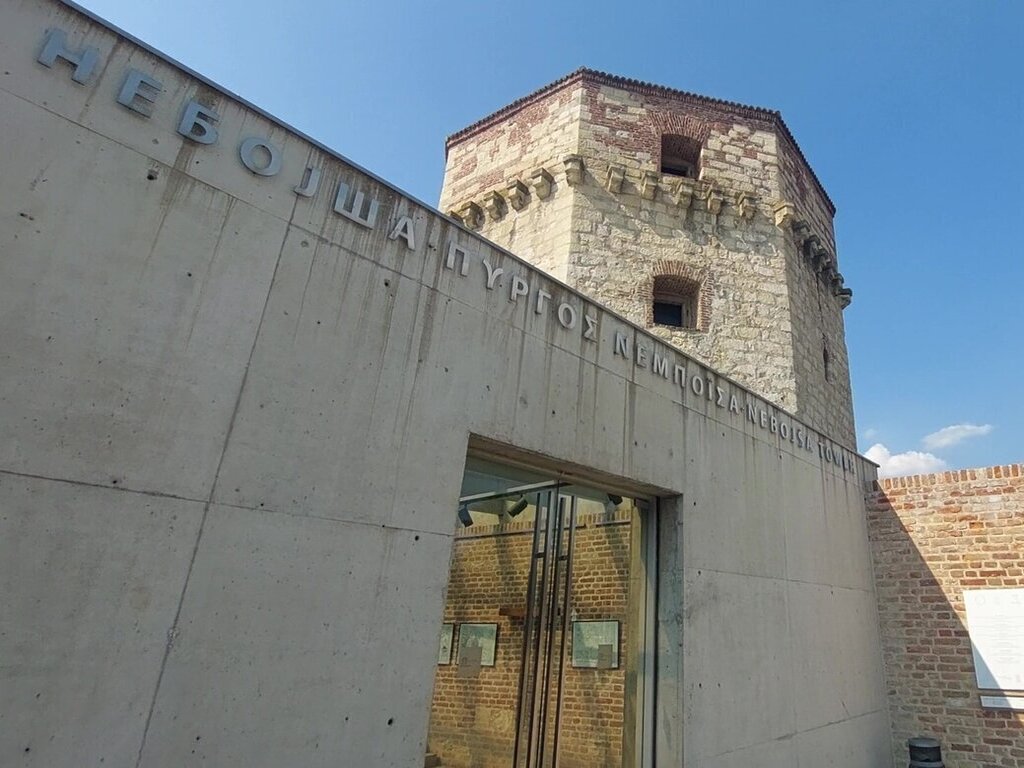
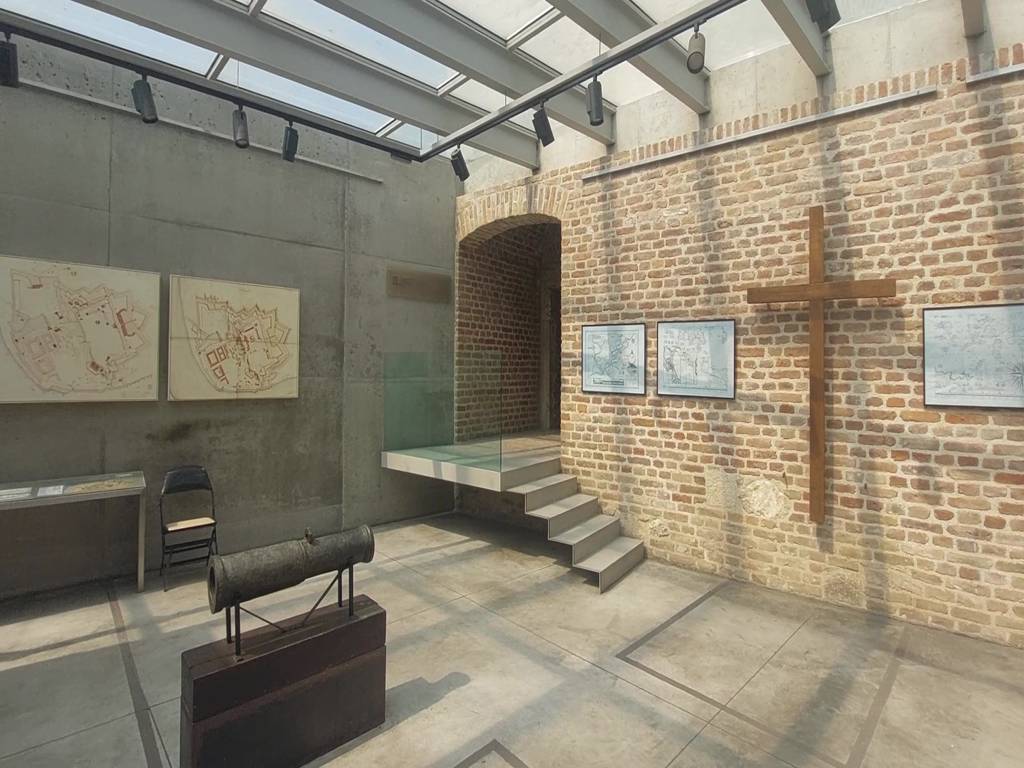
Nebojša Tower Serbian-Greek joint project
The second floor of the tower's exhibition space is dedicated to the most famous prisoner beside Jevrem Obrenović (the brother of Knez- King Miloš Obrenović). The famous Greek revolutionary Rigas Feraios or Riga Velestin was executed here. The works that made this writer, chronicler, politician, and revolutionary famous on the territory of Greece and the Balkans and dangerous for the Ottoman Empire were presented. The charters or maps of the Balkan Peninsula and Greece represented the desired state of Greece outside the framework of the Ottoman Empire. The Greek Enlightenment movement in which he was active led to the Balkan uprising against the Ottoman Empire.
In 2007. in memory of Rigas Feraios, the revitalization and reconstruction process began in cooperation with the Greek Parliament.
Authors of contemporary reconstruction in contrast
Meet the authors of reconstruction and revitalization - Arch. Jovan Mitrović and Arch. Dejan Miljković.
Mitrović - studio LFG with a large number of awards, is the author of the monograph Architectural Heritage of the 20th Century in Serbia. The latest project is the Aria building in the Belgrade Waterfront complex.
He often collaborates on projects together with Arch. Dejan Miljković, who received a Lifetime Achievement Award in 2019. Miljković is famous for the reconstruction project of Belgrade's Yugoslav Drama Theater. He was a member of the design team.
Interestingly, the sculpture placed in the foyer of the Yugoslav Drama Theater is the work of the sculptor Mrdjan Bajić. His latest work (from 2020.) is close to the Nebojša Tower.
Materials in contrast
The materials used for the modern annex are a contrast to the original traditional materials - brick and stone. Concrete and large glass panels bring the contemporary spirit.
Large concrete canvases create a sense of modern fortress and power.
In addition, they have an important function of soil stabilization and defense against underground water.
The emphasis in the new building is on the so-called fifth facade, i.e. the glass roof (lantern). It opens the view to the tower for visitors who are inside the building. In this way, the views from the open and closed areas around the tower are almost equal.
This annex represents the formal foyer, the entrance to the historical building. In addition, on the other side, it provides access to the open gallery space. Thus, the Nebojša Tower was transformed into a gallery and event space as needed.
Nebojša Tower - scenographic approach to revitalization
The co-author of this project, who is responsible for setting up the exhibition, is Branko Pavić, a graphic artist and a professor at the Faculty of Architecture, University of Belgrade. In addition, he teaches the Design of non-theatrical spectacles.
The media art installation on the ground floor, a former dungeon, consists of optical lenses. This creates a special atmosphere saturated with information displayed in the latest technology. It directs you to slow down and focus on the details. The game of semi-transparency and distortions creates a mystical atmosphere with the help of red lighting. The monitors show us the actual casualties that happened in this space. The latest technologies transpose them into the present and thus make them eternally relevant.
Decomposing the space with an optical illusion- in the form of media art brings this exhibition of the museum to the very top of the contemporary art scene.
On the 3rd floor, the installation relies on a traditional optical illusion - a kaleidoscope. This is an artisanal solution, but no less interesting than the ground floor. It is most interesting to the youngest audience because it resembles traditional toys.
The contrast is achieved between the original stone walls shiny mirrors and stainless steel frames. They multiply the daylight with two smaller windows. The depiction of the wartime landscape is in the form of vintage graphics.
The Nebojša Tower represents a prophecy on the fourth floor
Nebojsa Tower on the fourth floor offers an ambient zone. Here we are shown different stages in the development of Kalemegdan up to the present day through old postcards.
Insert from the first Serbian film from 1911. "The Life and Works of the Immortal Chieftain Karadjordje" or simply Karadjordje. The film was found in the Austrian Cinematheque in 2003. and restored. This particularly underscores the importance of selecting media art as appropriate for knowledge transfer and narrative.
The insert shows a scene from the folk song Beginning of the Rebellion against Dahi (the rulers). It describes a prophecy that the Turkish rulers saw while looking into a glass pan filled with water from the Danube. In that prophecy, they learned that none of them would survive the rebellion. Casserole - a symbol of gazing into the future is located in the center of the space.
Contemporary Art vs Heritage
The task of contemporary art is to use and put into use the latest materials and technologies in addition to new ideas. In this way, the testimony of our time is created.
Parallel to this media art installation by Branko Pavić, is the work of the famous French artist Vincent Leroy. His kinetic sculptures are composed of similar optical lenses. They were exhibited in Venice, Paris, and various parts of the world. He called his installation a "Slow motion lens" because it slows down the view. A modern detail that changes the image of things we are used to.
Modern sculpture as a contrast in the area of Kalemegdan
Kalemegdan is a park where ancient and medieval artifacts, as well as works of modern sculptors and artists, have found their place. It is a true example of a geological approach, that is, of spontaneously leaving traces of time.
Monument to the Victory by the sculptor Ivan Meštrović raised in 1928. It is the symbol of the city of Belgrade, the Monument of Gratitude to France in 1930. it is placed in the central position of the pedestrian zone of the park. One of his lesser-known sculptures of the Sphinx, intended for the unbuilt Vidovdan Temple, can also be seen.
The monument Place of Surrender of the Ferman (the keys of Belgrade) was created according to a drawing by Adam Stefanović, the author of the painting Kosovo Battle, probably the most famous in Serbian culture. The sculptor who executed his drawing in stone is Mihailo Paunović.
The monument to the Despot Stefan Lazarević the sculptor Nebojša Mitrić erected around 1980. This sculptor is best known for the design of the cross for the domes of the Church of St. Sava in Belgrade. It is also known that due to inappropriate and amateurish criticism of the political group in power, he committed suicide in 1989 on the occasion of this design.
The latest sculpture in this Belgrade Timeline is a sculpture by two famous sculptors. Richard Dickon and Mrdjan Bajić built a curvilinear footbridge as a contrast to the distinctly straight and sharp-angled ramparts of the Belgrade Fortress. It was opened in 2020.
arxxi_admin
Architect by education. I am researching the theoretical foundations of the construction of modern buildings in the historic city core. Protection of historical heritage through revitalization - new life for old buildings.



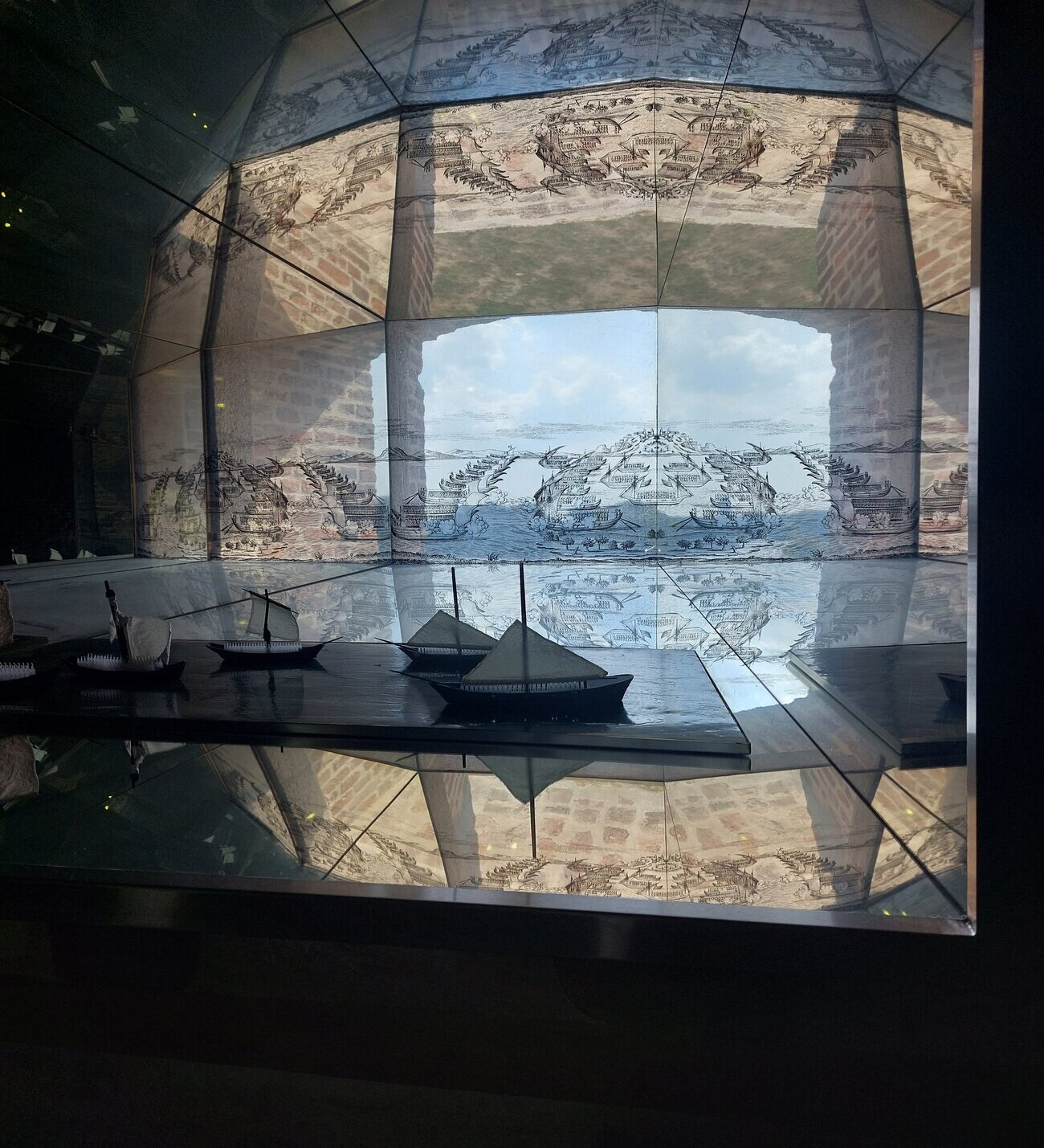
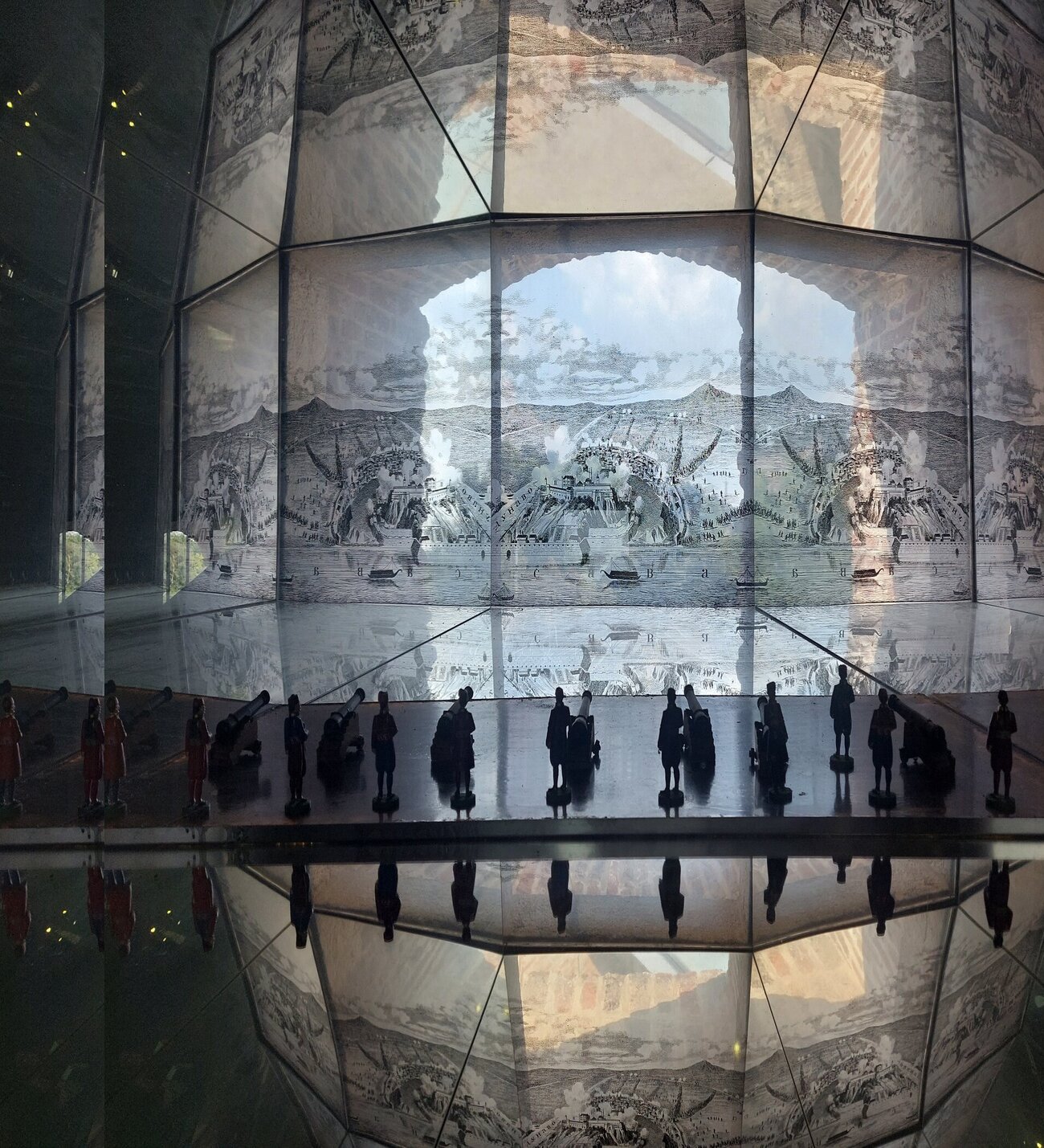
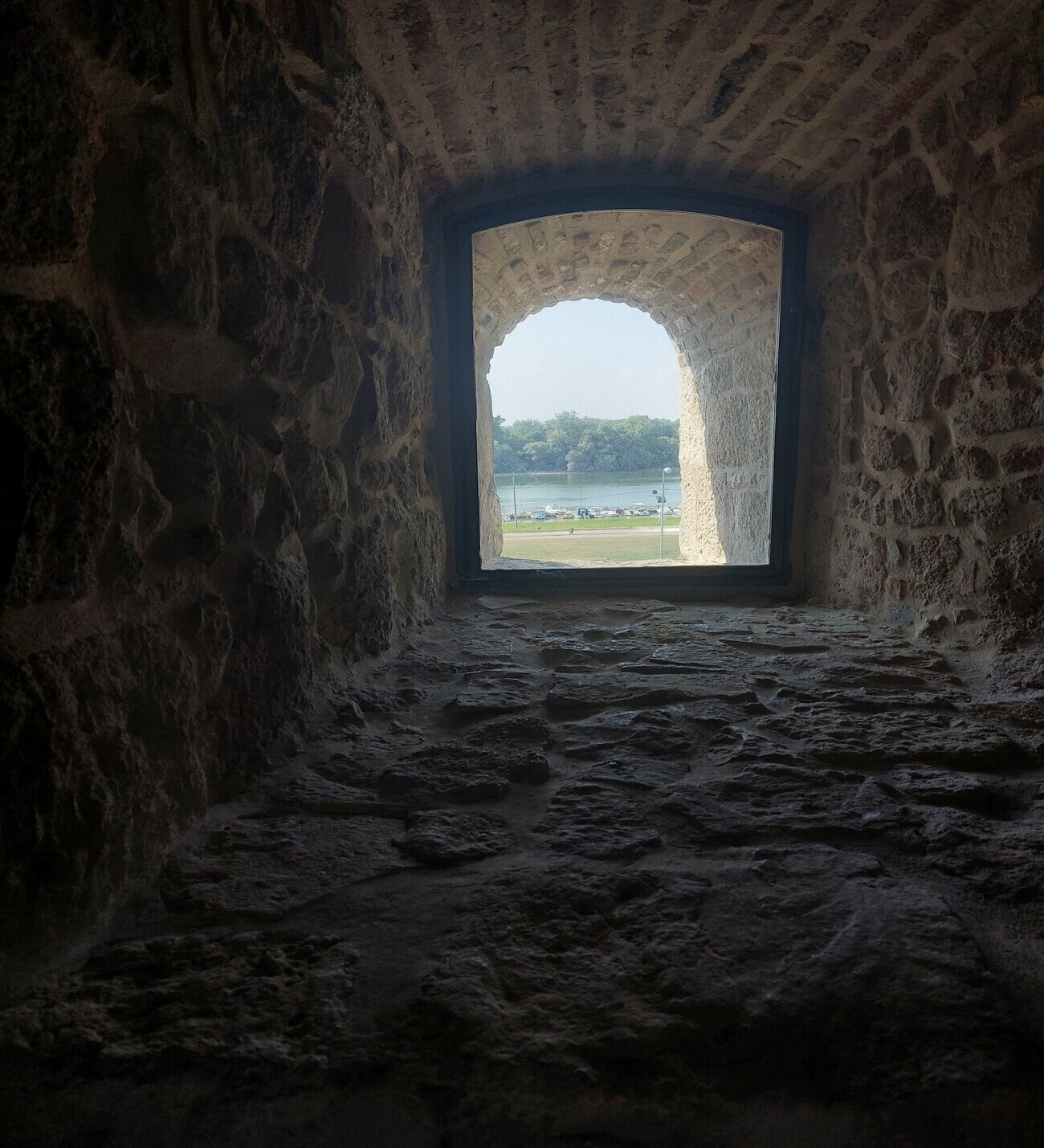
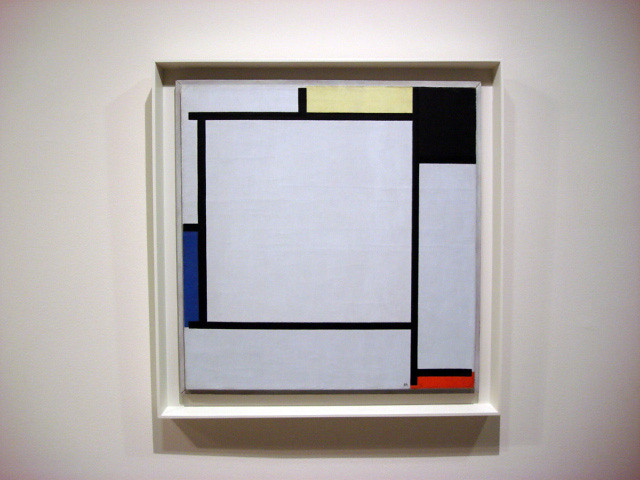

Leave a Reply